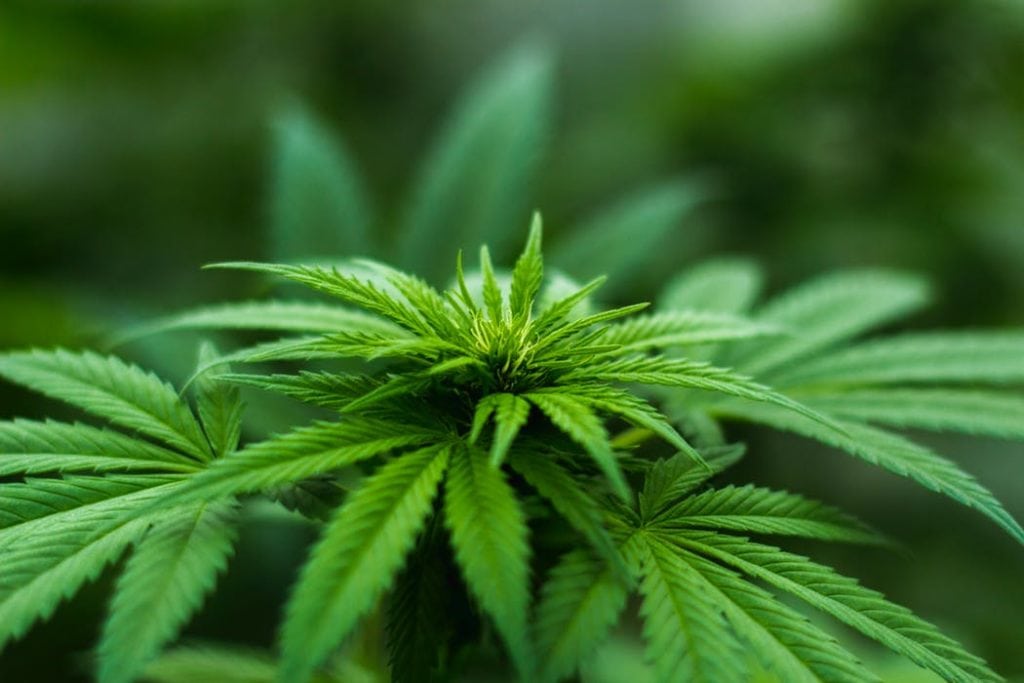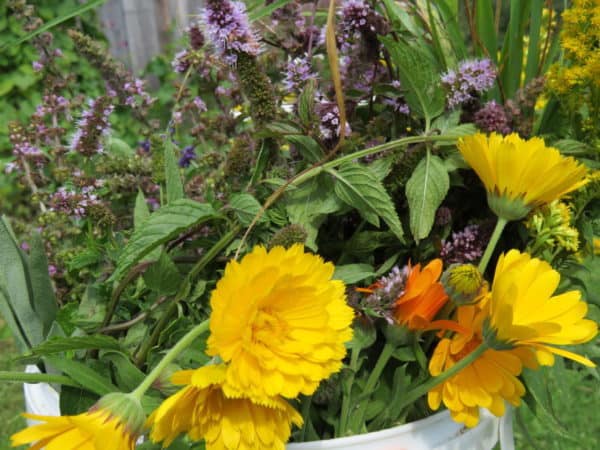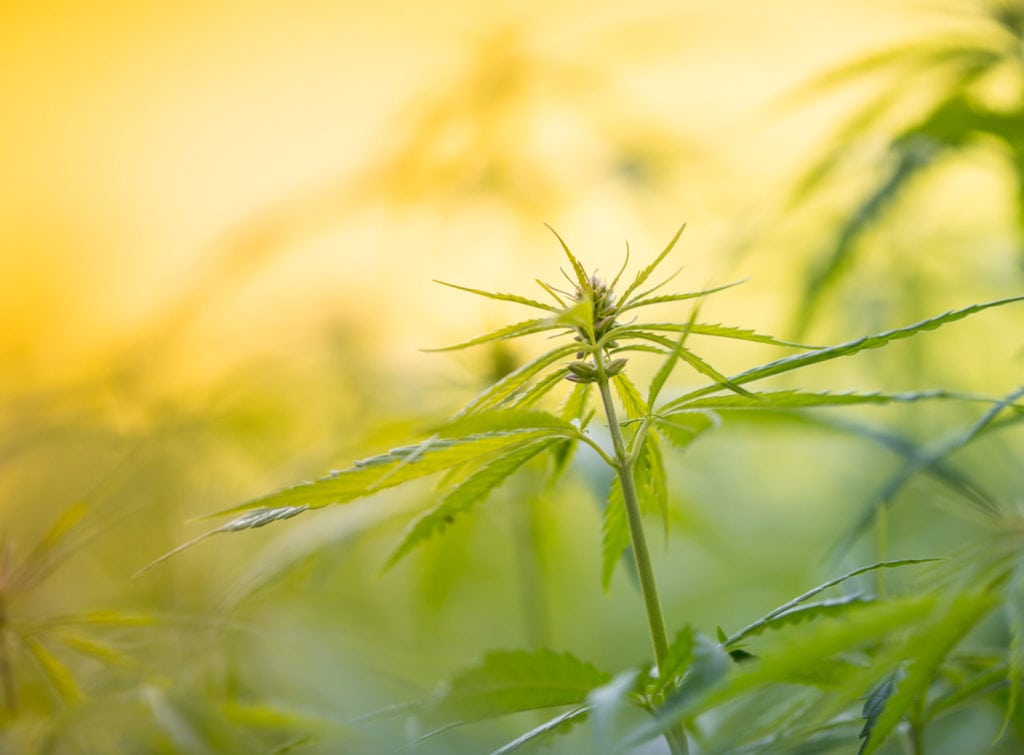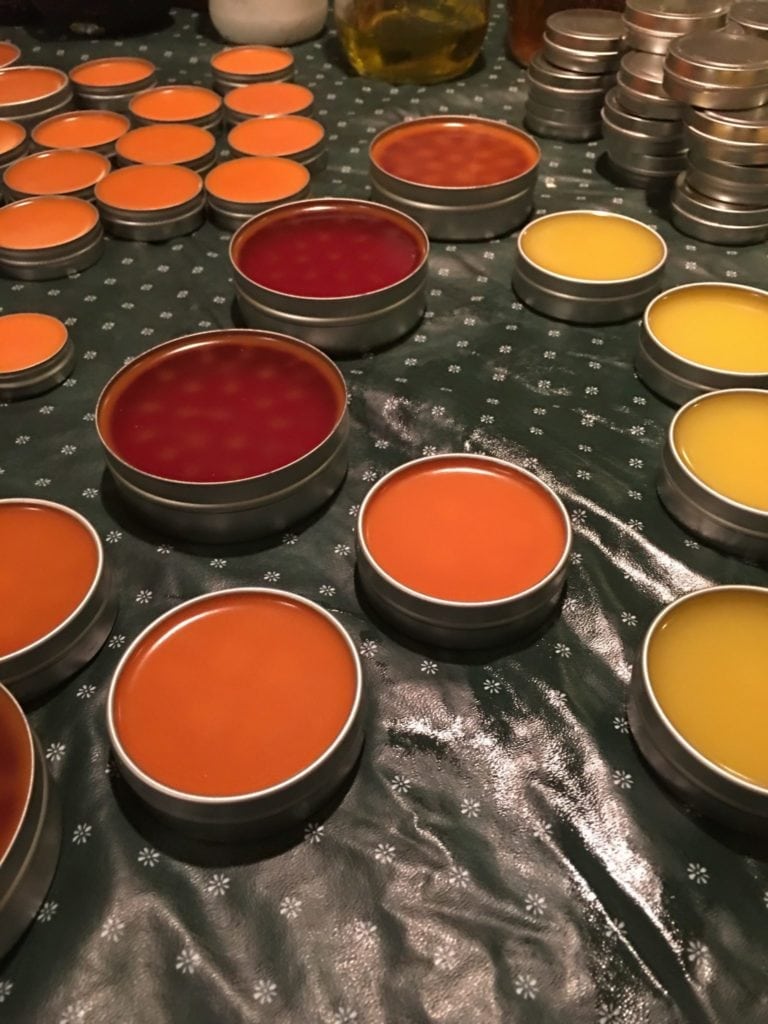9 Considerations When You Are Buying “CBD Oil”
I’m sure by now you’ve seen the marketing blitz, including pie charts, graphs and scientific study footnotes, about how CBD can cure everything and how you should buy this product because of the superior proprietary extraction technique.
If I were a teacher of marketing I’d use the current state of CBD-hype as my main topic of discussion (and have hours of lecture material). But alas I am not a marketing instructor, I am a teacher of plants with a great love and respect for their generosity. I’ve combed hundreds of studies about cannabis and here are nine things to consider when you’re thinking about using this incredible plant.

In this article you’ll learn some important things to keep in mind when choosing a CBD oil. Let’s give this important plant the consideration it expects from us.
Before jumping into these 9 considerations, you may want to hop onto my email list and download my CBD Functions Guide for learning about Cannabis.
1. “CBD oil” is branding.
The medicine is the plant, Cannabis sativa & Cannabis indica, not a single constituent, CBD. “Hemp” is the less socio-politically charged code word for Cannabis. Hemp is either species of Cannabis with a THC content of less than 1%. It’s worth noting that all species also interbreed. Hemp, medical cannabis, recreational cannabis, hemp seed plants, fiber plants. Don’t get me started on an agreed upon taxonomic classification.
2. Buy from a person who knows & uses many plants.
If a seller knows only one plant, s/he can only help you with that one plant. Chances are they have little or no training in helping folks with overall, whole person health. Contrary to popular belief, Cannabis does not cure everything. With few exceptions, another medicinal plant works beautifully for what ails you and will cost a whole lot less. Herbalists who are knowledgeable about the benefits of Cannabis will recommend a whole bouquet of plants for most ailments before they offer Cannabis.

3. Whole person healing
Most herbalists operate under a different paradigm than the allopathic medical model. One size (dose or strain) doesn’t even come close to fitting all people or situations. Herbalists work with a combination of considerations:
Whole Person + The Condition + Plant Strain + Dosage + Grow Environment
They are all connected. All equally important.
Find someone who uses this model.
4. Whole person physiology
Cannabis works by binding receptors in our body through a cumulative additive effect not a binary off/on mechanism. Chemical constituents of Cannabis are called cannabinoids (THC & CBD are two examples). They bind their cannabinoid receptors at multiple sites. For greatest effect, as many cannabinoids as possible must bind many different kinds of receptors on many different cells.
Look for medicines made from strains with a full array of constituents who will be able to do this. (hint: isolates only have 1 or 2 constituents).
To learn more about whole person physiology, check out the Physiology with Heart mini-course or the advanced physiology course on the endocannabinoid system over at Heartstone Online.

5. Whole Plant Medicine
The plant is the medicine, not the constituent. In our pharmaceutically-based society, we are taught to think the isolated constituents are the only real true medicine. This is not accurate and sometimes single isolated constituents are actually dangerous. Every single scientific study on Cannabis shows that whole plant medicine is far superior to isolated constituents (up to 330 times better).
With this in mind, consider that all studies to date on CBD are done with isolated CBD, not whole plant medicine. This does a great disservice to what we could be learning from whole plant research exploring the gifts of CBD in synergistic relationship with other constituents within the plant.
If a label includes “THC” or “CBD” by itself, the product contains isolate. No matter how many ways you are told it’s “whole plant”, it is not. The process used to extract CBD likely removed diverse constituents; then, reintroduced some but not all of the constituents back. People, not the plant, or god or gaia or mother nature, are making this decision.
If the medicine doesn’t smell like cannabis, it doesn’t contain terpenes. They’ve been removed. If it does smell like Cannabis, ask the seller if additional, non-Cannabis terpenes were added or if the medicine contains terpenes from the Cannabis flowers used to make the medicine. Many times terpenes from other sources are added which don’t originate from the whole plant itself or even Cannabis. These additives may or may not be benign additions to the medicine.
THC was the ONLY measurable constituent for approximately 5980 years, and plants were bred to have high quantities of it. We have a 6000 year longitudinal study on the use of Cannabis for pain, anxiety, sleep and inflammation. Yes, the Cannabis plant with THC has been documented for these uses for 6000 years.
The presence of THC made sure cannabis was propagated and cultivated for medicine because it is a very important constituent. Research to date indicates that all conditions except seizures are best served with utilizing a 1:1 ratio of THC to CBD in the medicine. (Unfortunately, THC levels above 0.3% are not legal for “hemp”. You can only utilize this THC/CBD ratio in states where medical Cannabis is legal.)
Cannabis is an apothecary in itself. Each individual strain carries different benefits and will assist with different conditions. However, the notion that one strain fits all is a myth. Find someone who intimately knows the 4-5 strains they grow and begin to learn from them.

6. Vote with your money. Who will you support?
Right now, Bayer, formerly known as Monsanto (disguised as Scott’s) owns distribution rights to the major supplier to grow stores and most major nutrient and soil manufacturers. In addition, Big Pharma has major lobbying/positioning in the pathway for the legalization of Cannabis.
In many states right now without an established legalized hemp industry, big Pharma companies are lobbying to be THE sole growers or have the authority to decide who is able to grow. Finally, guess who is vying to dominate the world’s Cannabis seed supply?
What is the concern?
- Dangers of monopolies in the growing and production of medicine.
- Implications for cost to patients
- Dangers of monopolizing who has access to seeds
Fully developing these concerns about corporate monopoly is beyond the scope of this article, but I encourage you to research further. One excellent resource is Vandana Shiva.
Currently corporations cannot legally set up a Cannabis business. This could allow small farmers to refocus from corn and soy production to a beautiful new market. It could also provide opportunities for Women and People of Color to get a foothold in the industry. Consider the potential social and economic benefits for working class people, women and people of color in this new market with such enormous capacity to thrive.
7. Ethics
Right now, we are experiencing 75 years of prohibition. It takes $40 billion per year to maintain this prohibition; $10 billion in enforcement, $30 billion in lost wages. In the criminal justice system, there is a disproportionate number of people of color incarcerated for nonviolent drug-related offenses. Where is the justice in locking up people of color while right now the white-dominated corporate world is making billions on the production and sale of Cannabis. This is unjust and unacceptable.
As with all capitalist ventures in our society, some in the Cannabis industry enter solely for profit. However, there have always been medicine people working with this plant for its deeper benefits to humanity; for physical, emotional and spiritual health. They’ve tended the plants with care and studied the subtleties of their impact despite the threats of realities of incarceration. To those people we must remember to give thanks.
There are other ethical questions to ponder:
- Where is all the money going for the now legal CBD market?
- What is a fair profit for the seller of the product? Right now, a dose of 170 mg/day of CBD at the current market rates is $17- $22 per day.
- Is this a fair profit?
- Should people be making such profit on medicine easily grown & produced?
8. Farming Practices
This one is simple. Buy your medicine like you buy your food.
Organic. Demand it with your buying power and check to be sure the reportings of the farmers are accurate.
Sustainable at the least, regenerating & biodynamic at best.
Small scale
Local
9. Medicine Making Practices
In many ways the best medicine you’ll get is the one you make yourself from plants or growers that you know. You know the environment the plants grow in, you know what goes into the soil and on the plant. You have a relationship with the plant who will ultimately become your medicine or at the least the grower of your flowers. You really do work with Cannabis the same you would any other medicinal plant: Infusion, herbal oil, or tincture. Don’t know what these words mean? Find an herbalist. They know how to make medicine & they will be delighted to teach you. There are also many books on the market on making herbal medicines.
If you don’t have the time or inclination to make the medicine yourself, find a local herbalist who does.
If you want to buy “off the shelf”, make sure the company buys flowers from farmers who practice good farming techniques and pay the farmers a fair price. If you can’t be sure of that, make sure they are testing for pesticides, bacteria, mold, & solvents! (By the way, Butane is a carcinogen. No matter what the young people are telling you, It is NOT purged completely in processing.)
Industrial production currently utilizes either CO2 extraction or Ethanol extraction.

Industrial production currently utilizes either CO2 extraction or Ethanol extraction.
CO2 extraction is clean BUT costly to utilize and to the environment. Look for “first run” only. Second and third run process remove different constituent such as chlorophyll, lipids and waxes (and others) the maker deems unimportant or undesirable. This process can also remove individual constituents (such as THC), and then the maker is free to mix up whatever solution they deem desirable in the end and somehow call it whole plant medicine.
Industrial ethanol extraction may or may not be with just ethanol. Other solvents such as heptane can be utilized. If anything other than ethanol is being used, make sure they are testing for its presence in the end product.
Although there is a lot to sift through in the up-and-coming medical cannabis and CBD world, there is much hope and promise for relief from suffering. There are simple guiding principles to follow much like in how we chose our food. Is it farmed in a good way, with life-sustaining practices?
Are the farmers and medicine makers compensated fairly? Is the medicine itself produced in a whole, safe, nourishing manner? Once we understand the basics of how Cannabis works and some of the current challenges of the social environment, we can move forward with more confidence when choosing it for its medicinal gifts.
Be discerning. This will contribute to the quality of the medicine you make or purchase and also to the standard we encourage and require in this emerging field. Become a part of influencing what happens in a good way.
My wish is this article helps just a little towards your ability to discern, make good choices and to thrive.

